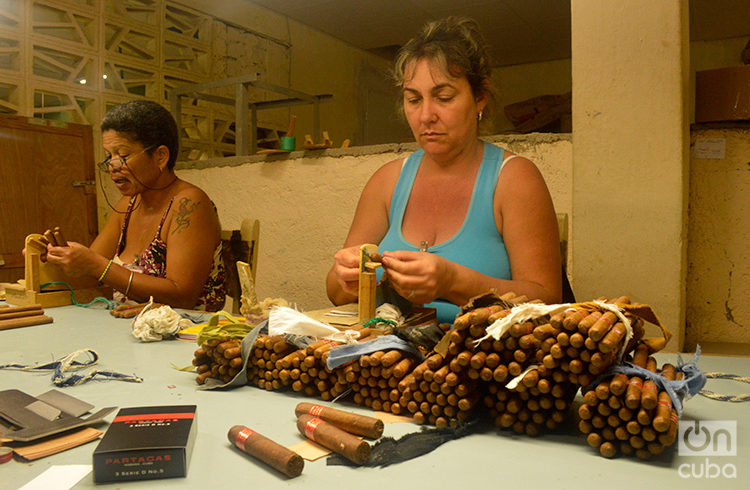“Cuba will always be on my lips,” Winston Churchill used to say sarcastically when referring to his predilection for Cuban cigars. Like him, other important world figures have tasted the smoke given off by that singular cigar, property of this island well-versed in making them.
The process starts with the leafs’ journey from the greenest and most select tobacco plantations (generally in Pinar del Río) to the cigar factories. There, expert hands gather the harvest, now “dyed” in dissimilar brown hues, with the help of special knives, boards, guillotines and vegetable glue. In a hand-made process, the world’s most famous cigars start taking shape.
Once the Habano is made, it is checked to see if it has the adequate size, shape and thickness for the brand: an extremely rigorous selection. After this step, they remain resting for several weeks in environmentally controlled conditions.
Afterwards comes the placing of the cigar ring that identifies them as Cohíba, Romeo y Julieta, Montecristo, Partagás, among many other brands. Arranged with pinpoint accuracy in cedarwood boxes they travel throughout the world to propagate that strong, elegant and traditional aroma of Cuban cigars.










